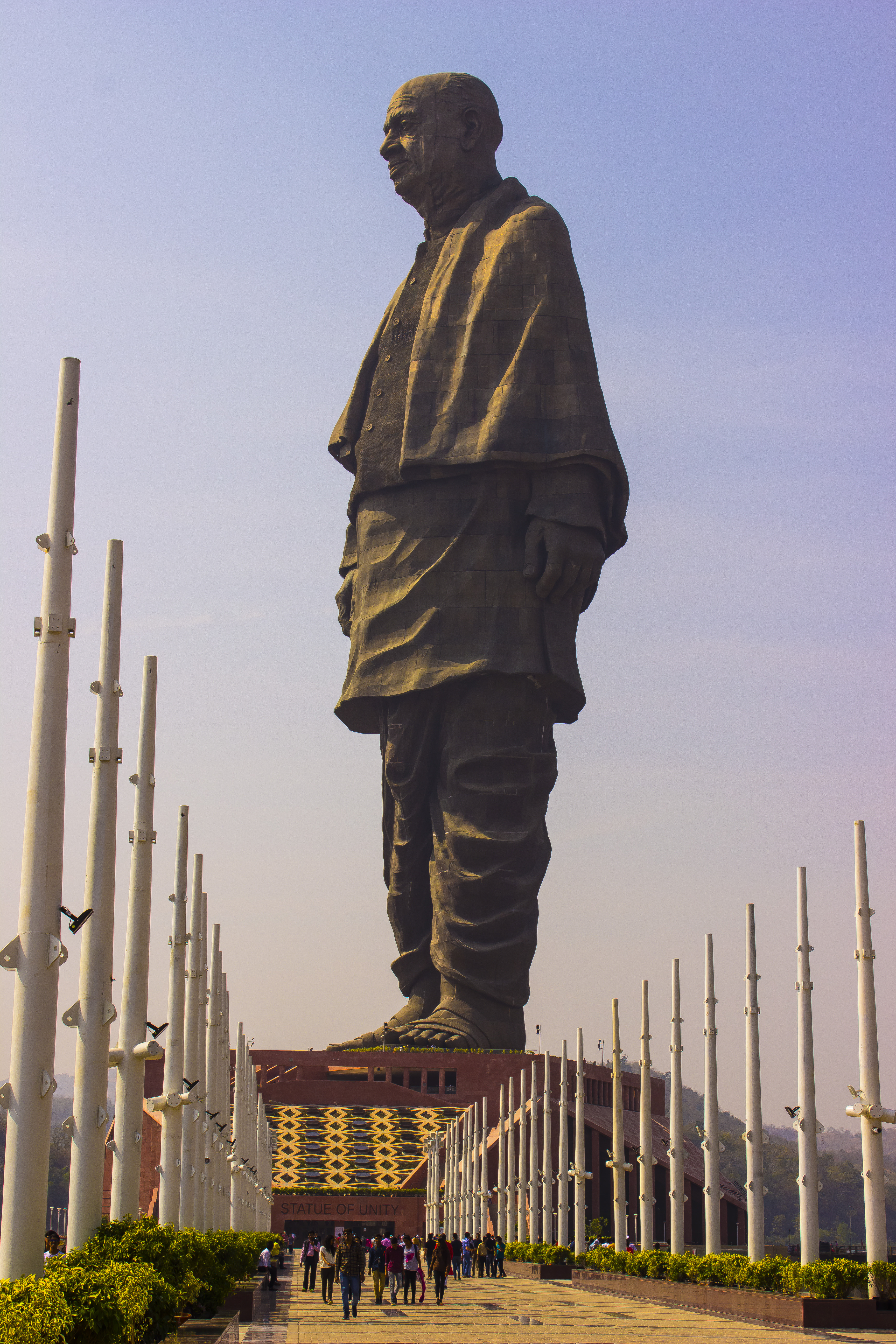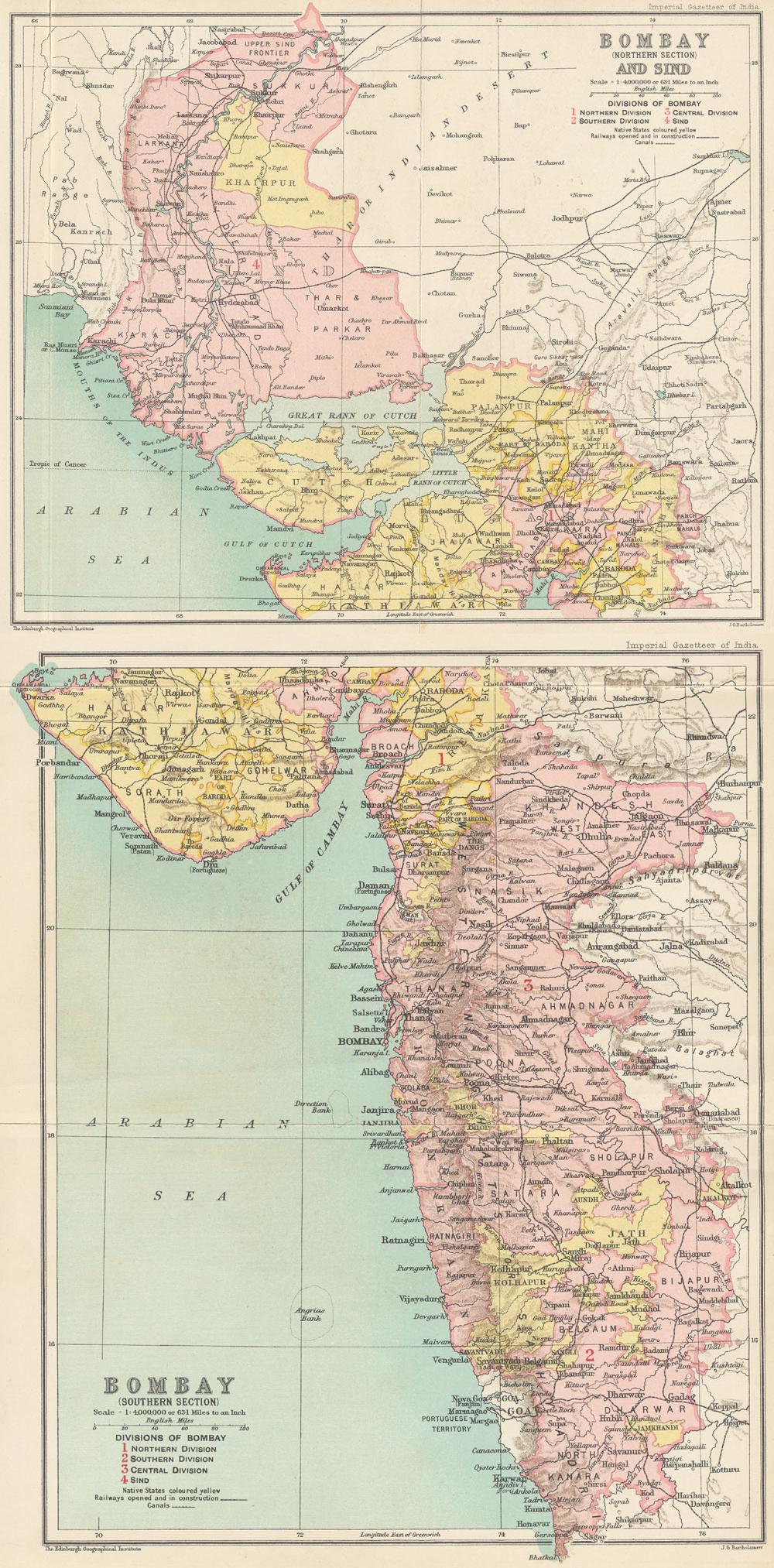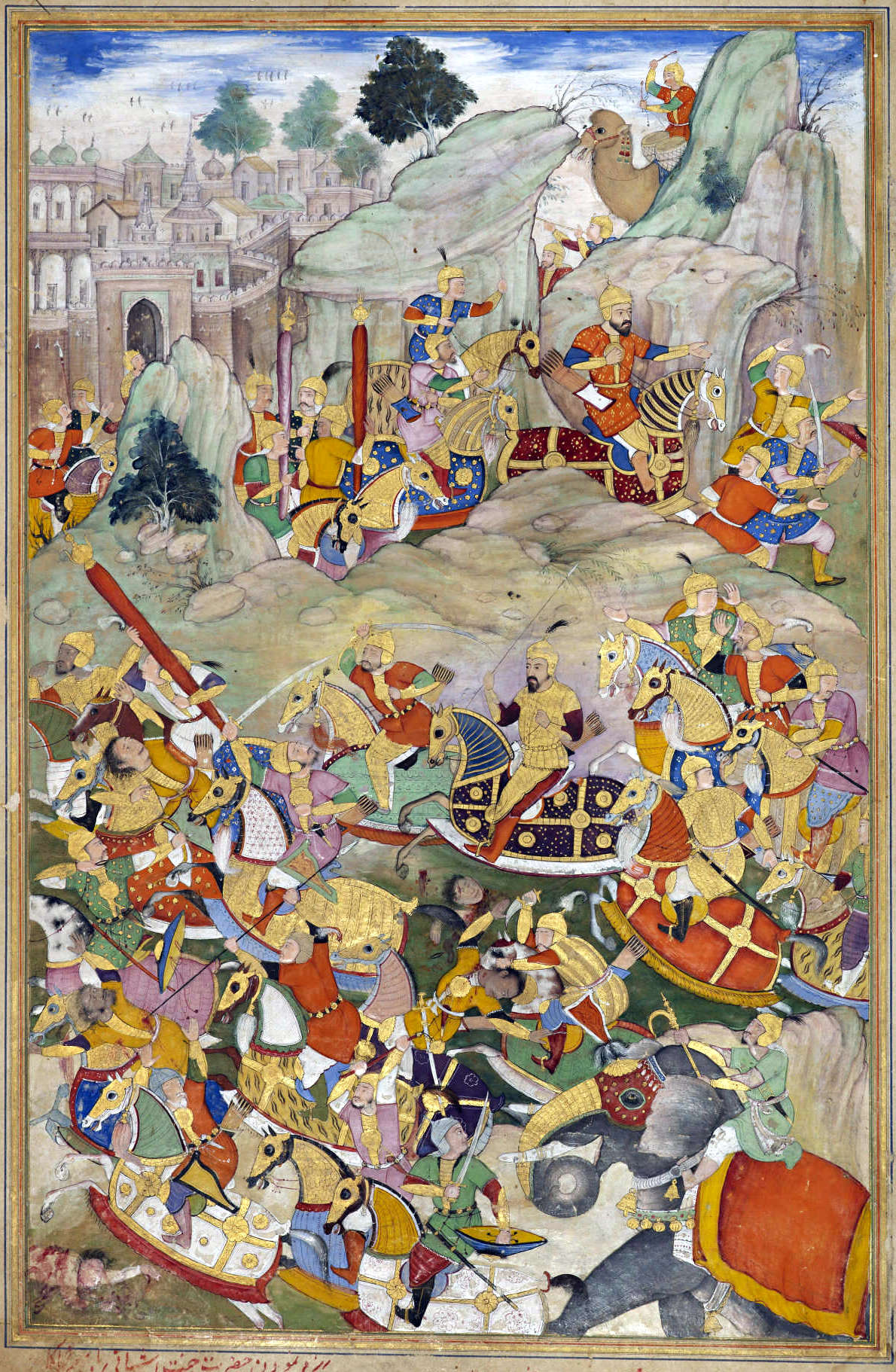|
Rana (title)
Rana (IAST: ''Rāṇā'', ) is an historical royal title from the Indian subcontinent, where it is today used as a hereditary name. "Rana" was formerly used as a title of martial sovereignty by Rajput kings in India. The term derives from the Sanskrit title "Rāṇaka". Rani is the title for the wife of a rana or a female monarch. It also applies to the wife of a raja. Compound titles include ''rana sahib'', ''ranaji'', ''raj rana,'' ''rana bahadur'', and ''maharana''. Usage in the Indian subcontinent "Rana" was formerly used as a title of martial sovereignty by Rajput kings in India. Sisodia rulers of Mewar used the title of Mahārāṇā (महाराणा) extensively in their royal charters. Today, members of some Rajput clans in Indian subcontinent use it as a hereditary title. In Pakistan, mostly Muslims—but also some Hindus in Sindh (present-day Pakistan)—use it as a hereditary title. Amarkot, a state in Sindh, has a Hindu Thakur Sodha Rajput ruler who ... [...More Info...] [...Related Items...] OR: [Wikipedia] [Google] [Baidu] |
Statue Of Maharana Pratap Of Mewar, Commemorating The Battle Of Haldighati, City Palace, Udaipur
A statue is a free-standing sculpture in which the realistic, full-length figures of persons or animals are carved or Casting (metalworking), cast in a durable material such as wood, metal or stone. Typical statues are life-sized or close to life-size. A sculpture that represents persons or animals in full figure, but that is small enough to lift and carry is a ''statuette'' or figurine, whilst those that are more than twice life-size are regarded as '':colossal statues, colossal statues''. Statues have been produced in many cultures from prehistory to the present; the oldest-known statue dating to about 30,000 years ago. Statues represent many different people and animals, real and mythical. Many statues are placed in public places as public art. The world's tallest statue, ''Statue of Unity'', is tall and is located near the Narmada dam in Gujarat, India. Colors Ancient statues often show the bare surface of the material of which they are made. For example, many people as ... [...More Info...] [...Related Items...] OR: [Wikipedia] [Google] [Baidu] |
Sindh
Sindh ( ; ; , ; abbr. SD, historically romanized as Sind (caliphal province), Sind or Scinde) is a Administrative units of Pakistan, province of Pakistan. Located in the Geography of Pakistan, southeastern region of the country, Sindh is the third-largest province of Pakistan by land area and the Demographics of Pakistan, second-largest province by population after Punjab, Pakistan, Punjab. It is bordered by the Pakistani provinces of Balochistan, Pakistan, Balochistan to the west and north-west and Punjab, Pakistan, Punjab to the north. It shares an India-Pakistan border, International border with the Indian states of Gujarat and Rajasthan to the east; it is also bounded by the Arabian Sea to the south. Sindh's landscape consists mostly of alluvial plains flanking the Indus River, the Thar Desert of Sindh, Thar Desert in the eastern portion of the province along the India–Pakistan border, international border with India, and the Kirthar Mountains in the western portion of ... [...More Info...] [...Related Items...] OR: [Wikipedia] [Google] [Baidu] |
Shah Dynasty
The Shah dynasty (), also known as the Shahs of Gorkha or the Royal House of Gorkha, was the ruling Chaubise Thakuri dynasty and the founder of the Gorkha Kingdom from 1559 to 1768 and later the unified Kingdom of Nepal from 1768 to 28 May 2008. The Shah dynasty traces its historical ancestor to King of Kaski, Kulamandan Shah Khand, whose grandson Dravya Shah captured the throne of Ligligkot from Ghale Magar king Dalshur ghale Magar with the help of accomplices from six resident clans of Majhkot and Ligligkot. Dravya Shah named his new kingdom Gorkha. Origins The Shah descendants are of Rajput origin. However, they are ranked as Thakuris. Coronation of Dravya Shah Dravya Shah was the youngest son of Yasho Brahma Shah, Raja (king) of Lamjung and grandson of Kulamandan Shah Khad, Raja of Kaski. He became the king of Gorkha with the help of his accomplices, including Kaji Ganesh Pandey. He ascended the throne of Gorkha in 1559 A.D. The loose translation of the Nep ... [...More Info...] [...Related Items...] OR: [Wikipedia] [Google] [Baidu] |
Kingdom Of Nepal
The Kingdom of Nepal was a Hindu monarchy in South Asia, founded in 1768 through the unification of Nepal, expansion of the Gorkha Kingdom. The kingdom was also known as the Gorkha Empire and was sometimes called History of Asal Hindustan, Asal Hindustan. Founded by Prithvi Narayan Shah, a Gorkha monarch who claimed Thakuri ancestry from the Chaubisi Rajya, chaubisi principalities, the kingdom endured for 240 years under the formal rule of the Shah dynasty, whose authority fluctuated over time. It lasted until 2008, when the monarchy was abolished and the country became the Federal Democratic Republic of Nepal, Federal Democratic Republic. After the invasion of Tibet and plundering of Digarcha by Nepali forces under Bahadur Shah of Nepal, Prince Regent Bahadur Shah in 1792, the 8th Dalai Lama, Dalai Lama and Chinese Ambans reported to the Chinese administration for military support. The Chinese and Tibetan forces under Fuk'anggan attacked Nepal but went for negotiations afte ... [...More Info...] [...Related Items...] OR: [Wikipedia] [Google] [Baidu] |
Maharaja
Maharaja (also spelled Maharajah or Maharaj; ; feminine: Maharani) is a royal title in Indian subcontinent, Indian subcontinent of Sanskrit origin. In modern India and Medieval India, medieval northern India, the title was equivalent to a prince. However, in late ancient India and History of South India, medieval south India, the title denoted a king. The form "Maharaj" (without "-a") indicates a separation of noble and religious offices, although since in Marathi the suffix ''-a'' is silent, the two titles are near homophones. Historically, the title "Maharaja" has been used by kings since Vedic period, Vedic times and also in the second century by the Indo-Greek Kingdom, Indo-Greek rulers (such as the kings Apollodotus I and Menander I) and then later by the Indo-Scythians (such as the king Maues), and also the Kushans as a higher ranking variant of "Raja". Eventually, during the medieval era, the title "Maharaja" came to be used by sovereignty, sovereign princes and vassal ... [...More Info...] [...Related Items...] OR: [Wikipedia] [Google] [Baidu] |
Jung Bahadur Rana
Jung Bahadur Rana, , was born Bir Narsingh Kunwar (1817-1877). His mother, Ganesh Kumari, was the daughter of Kaji Nain Singh Thapa, the brother of Mukhtiyar Bhimsen Thapa from the prominent Thapa dynasty. During his lifetime, Jung Bahadur eliminated factional fighting at court, removed his family's rivals such as the '' Pandes'' and '' Basnyats'', introduced innovations in the bureaucracy and judiciary, and made efforts to modernize Nepal. He is considered a significant figure in Nepalese history. Some modern historians blame Jung Bahadur for initiating a dark period in Nepalese history marked by an oppressive dictatorship that lasted 104 years, while others attribute this period to his nephews, the Shumsher Ranas. Rana's rule is often associated with tyranny, debauchery, economic exploitation, and religious persecution. In 1846, Rana was accused of conspiring with the junior queen to become prime minister by placing the queen's son on the throne. His original name was Bir Na ... [...More Info...] [...Related Items...] OR: [Wikipedia] [Google] [Baidu] |
Maharaj Jung London 1850 AD
Maharaja (also spelled Maharajah or Maharaj; ; feminine: Maharani) is a royal title in Indian subcontinent of Sanskrit origin. In modern India and medieval northern India, the title was equivalent to a prince. However, in late ancient India and medieval south India, the title denoted a king. The form "Maharaj" (without "-a") indicates a separation of noble and religious offices, although since in Marathi the suffix ''-a'' is silent, the two titles are near homophones. Historically, the title "Maharaja" has been used by kings since Vedic times and also in the second century by the Indo-Greek rulers (such as the kings Apollodotus I and Menander I) and then later by the Indo-Scythians (such as the king Maues), and also the Kushans as a higher ranking variant of "Raja". Eventually, during the medieval era, the title "Maharaja" came to be used by sovereign princes and vassal princes, and the title "Maharajadhiraja" was used by sovereign kings. Eventually, during the Mugha ... [...More Info...] [...Related Items...] OR: [Wikipedia] [Google] [Baidu] |
Akbar
Akbar (Jalal-ud-din Muhammad Akbar, – ), popularly known as Akbar the Great, was the third Mughal emperor, who reigned from 1556 to 1605. Akbar succeeded his father, Humayun, under a regent, Bairam Khan, who helped the young emperor expand and consolidate Mughal domains in the Indian subcontinent. He is generally considered one of the greatest emperors in Indian history and led a successful campaign to unify the various kingdoms of '' Hindūstān'' or India proper. Quote: "Akbar, The greatest Mughal emperor of India." Akbar gradually enlarged the Mughal Empire to include much of the Indian subcontinent through Mughal military, political, cultural, and economic dominance. To unify the vast Mughal state, Akbar established a centralised system of administration and adopted a policy of conciliating conquered rulers through marriage and diplomacy. To preserve peace and order in a religiously and culturally diverse empire, he adopted policies that won him the support of his no ... [...More Info...] [...Related Items...] OR: [Wikipedia] [Google] [Baidu] |
Sher Shah Suri
Sher Shah Suri (born Farid al-Din Khan; 1472 or 1486 – 22 May 1545), also known by his title Sultan Adil (), was the ruler of Bihar from 1530 to 1540, and Sultan of Hindustan from 1540 until his death in 1545. He defeated the Mughal Empire, founding the Sur Empire and establishing his rule in Delhi. The influence of his innovations and reforms extended far beyond his brief reign, being recognized as one of the greatest administrative rulers in India. During his time in power, he remained undefeated in battle and is renowned as one of the most skillful Afghan generals in history. By the end of his reign, his empire covered nearly all of Northern India. Born between 1472 and 1486 and given the name Farid Khan, his early childhood saw him flee from home due to internal family strife. He pursued an education in Jaunpur, where his rise to power began after his father offered him a managerial position over his jagirs. Sher Shah effectively governed these territories, gaining a ... [...More Info...] [...Related Items...] OR: [Wikipedia] [Google] [Baidu] |
Hamida Banu Begum
Hamida Banu Begum (Persian: حمیده بانو بیگم; 1527 – 29 August 1604) was the queen consort, empress consort of the second Mughal emperor Humayun and the mother of his successor, the third Mughal emperor Akbar.The Humayun Nama: Gulbadan Begum's forgotten chronicle Yasmeen Murshed, The Daily Star (Bangladesh), The Daily Star, 27 June 2004. She was bestowed the title of Mariam Makani (), by her son, Akbar. She also bore the title of Padshah Begum during the reign of Akbar. Family Hamida Banu Begum was born 1527 to a family of Persians, Persian descent. Her father, Shaikh Ali Akbar Jami, a Shia, was a preceptor to Mughal prince Hindal Mirza, the youngest son of the first Mughal emperor, Babur. Ali Akbar Jami was also known as ...[...More Info...] [...Related Items...] OR: [Wikipedia] [Google] [Baidu] |
Humayun
Nasir al-Din Muhammad (6 March 1508 – 27 January 1556), commonly known by his regnal name Humayun (), was the second Mughal emperor, who ruled over territory in what is now Eastern Afghanistan, Bangladesh, Northern India, and Pakistan from 1530 to 1540 and again from 1555 to his death in 1556. At the time of his death, the Mughal Empire spanned almost one million square kilometers. On 26 December 1530, Humayun succeeded his father Babur to the throne of Delhi as ruler of the Mughal territories in the Indian subcontinent. Humayun was an inexperienced ruler when he came to power at the age of 22. His half-brother Kamran Mirza inherited Kabul and Kandahar, the northernmost parts of their father's empire; the two half-brothers became bitter rivals. Early in his reign, Humayun lost his entire empire to Sher Shah Suri but regained it 15 years later with Safavid aid. His return from Persia was accompanied by a large retinue of Persian noblemen, signaling an important change in M ... [...More Info...] [...Related Items...] OR: [Wikipedia] [Google] [Baidu] |










